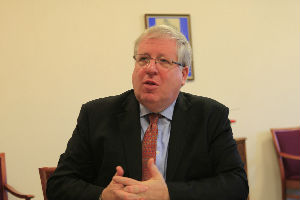Dark side to Japan's official image
Updated: 2013-10-23 07:40
By Cai Hong (China Daily Africa)
|
||||||||
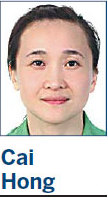
Abe builds up military appeal and capacity - but not all for self-defense
Japan's Maritime Self-Defense Force is launching a charm offensive to attract young Japanese. It is inviting web surfers to pick the "Mr and Ms" of Japan's naval service.
Among the uniformed candidates are a P-3C pilot, a submarine rescue diver, an airborne electronics specialist, an air traffic controller and a shipboard navigator.
Upholding the pacifist creed based on Article 9 of Japan's Constitution - which "renounces war as a sovereign right of the nation and the threat or use of force as means of settling international disputes" - members of the Japanese public have little interest in joining the army, navy or air force, and the SDF has found it hard to meet recruitment quotas.
In summer, the SDF coordination office for Kagawa prefecture ran a contest to design a new recruitment poster. The winning entry featured anime girls in the uniforms of the three SDF branches and the slogan: "Learn, decide and act. You'll be the hero."
These efforts are necessary given that the Abe administration is burning with ambition to build up Japan's military. With outlying islands in mind, Japan plans to form a new amphibious force, its version of the US Marine Corps, in 2015. This is intended to bolster Japan's defensive capabilities for the Nansei Islands chain in the East China Sea, in which Japan includes China's Diaoyu Islands.
According to Japanese newspaper Asahi Shimbun, the new marine unit will be formed from a 700-strong infantry regiment that is currently part of the SDF's western army. Eventually it will have 3,000 active military personnel, tasked exclusively with defending outlying islands and acting as a deterrent against potential hostile forces. A trial section will be launched next year involving 30 troops and six amphibious vehicles.
So, Japanese Prime Minister Shinzo Abe is not planning to keep Japan's modern, well-funded army confined within its own border, and his master plan needs more manpower.
During his recent overseas trips, Abe had gone to great lengths to sell his "proactive pacifism". On Sept 26, he told the UN General Assembly that Japan will be "even more actively engaged in UN collective security measures, including peacekeeping operations".
The SDF has been involved in UN peacekeeping missions in many parts of the world since the 1990s. Abe also clarified the Japanese SDF's integrated support of US forces, which operate globally.
Before completing his four-nation trip to the Middle East in August, Abe made a quick visit to Djibouti, site of the only SDF permanent base outside Japan, where he reminded Japanese soldiers of their country's duty to the international community.
Abe and the ruling Liberal Democratic Party are well known for their eagerness to amend Japan's constitution to allow the SDF to expand its responsibilities.
On Oct 15, the Japanese cabinet decided to extend the term of the dispatch of the SDF to the UN mission in the Republic of South Sudan for another year, until Oct 31 next year. Japan also decided to increase the personnel and equipment, as the SDF will expand its area of activities in the state of Eastern Equatoria and the state of Western Equatoria "in response to requests from the UN, in order to further contribute to nation-building South Sudan," according to Japan's Ministry of Foreign Affairs.
In briefing leaders of the Association of Southeast Asian Nations in early October on his government's effort to change Japan's security policy, Abe noted that the security environment in Asia has become more severe, and Japan therefore "intends to contribute to regional and international peace and stability more proactively than before from the standpoint of active pacifism".
Abe's initiatives mean that Japan might increase its dispatch of SDF troops abroad, especially in step with the US. His moves will drastically change the SDF's purpose from dealing exclusively with self-defense and pre-empt the country's constitutional revision.
Japan's growing momentum to change its government's conventional interpretation of exercising the right of self-defense and revise the constitution has been welcomed by the US.
The SDF had originally kept a low profile in Japan's pacifist society and in efforts to introduce conscription. However, its swift response to the 2011 earthquake and tsunami in Northeast Japan, with more than 100,000 in troops deployed to search for victims and to aid survivors, has won it increasing public acceptance.
Also, the perceived threat from China and potential conflict in the East China Sea, which the Abe government has been sentimentalizing, has helped to bolster support for the SDF among the Japanese.
Even Japanese Defence Minister Itsunori Onodera was roped in to help polish his army's image. He played matchmaker for his men in July when a party was thrown at the Yokosuka Naval Base to find dates for them with 131 Japanese women. Onodera praised his soldiers for being "well trained at cleaning, washing and cooking".
The SDF is gaining a more assertive role at home, and Abe is ambitious to raise its profile abroad. But he fails to give a sincere explanation to Japan's neighbors to dispel concerns over military expansion.
The author is China Daily's Tokyo bureau chief. Contact the writer at caihong@chinadaily.com.cn.
(China Daily Africa Weekly 10/18/2013 page9)
 Apple unveils new Macs, iPad ahead of holidays
Apple unveils new Macs, iPad ahead of holidays
 Smart cities to aid urbanization
Smart cities to aid urbanization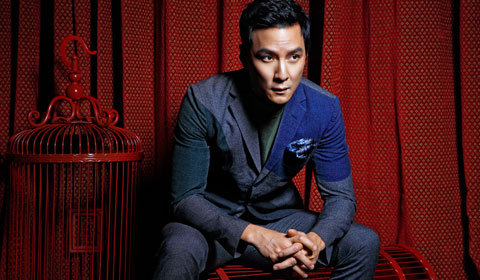
 In control & breaking the mold
In control & breaking the mold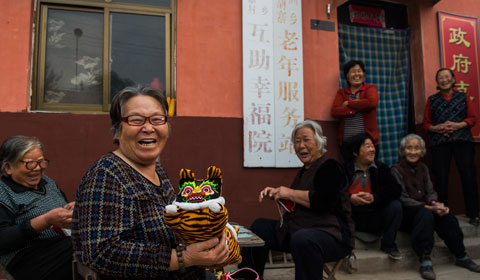
 Higher retirement age may help solve pension problem
Higher retirement age may help solve pension problem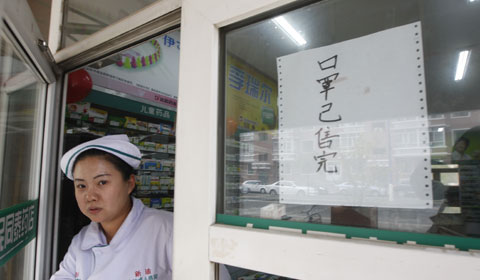
 Northeast remains shrouded in smog for third straight day
Northeast remains shrouded in smog for third straight day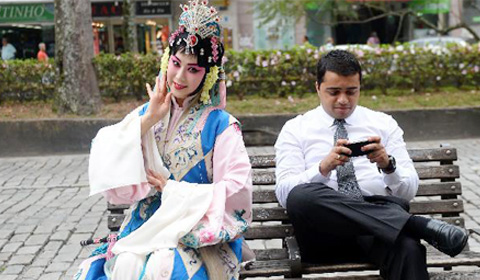
 Beijing Opera troupe perform in Brazil
Beijing Opera troupe perform in Brazil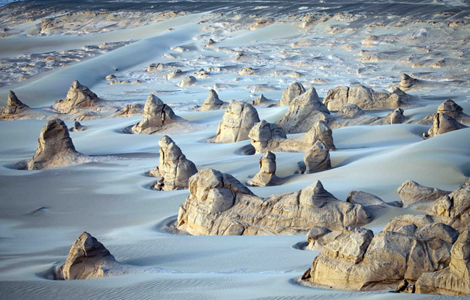
 Nature's masterpieces
Nature's masterpieces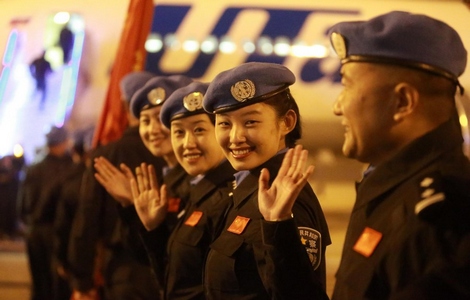
 Riot police off to Libya peacekeeping mission
Riot police off to Libya peacekeeping mission
Most Viewed
Editor's Picks

|

|
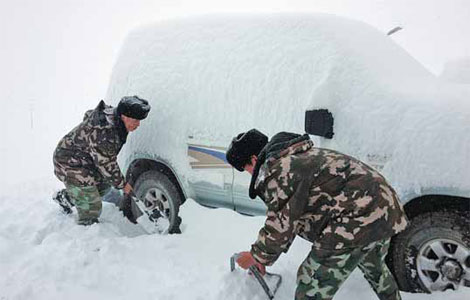
|

|

|
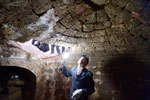
|
Today's Top News
Top officials promote new power relations
China's US Treasury holdings hit six-month low
Graduate looks at kung fu-hip hop connection
Apple unveils new Macs, iPad
San Francisco train service restarts after strike
China, Russia reach big oil deal
Home prices rise further in Sept
Firms urged to contact unions abroad
US Weekly

|

|

